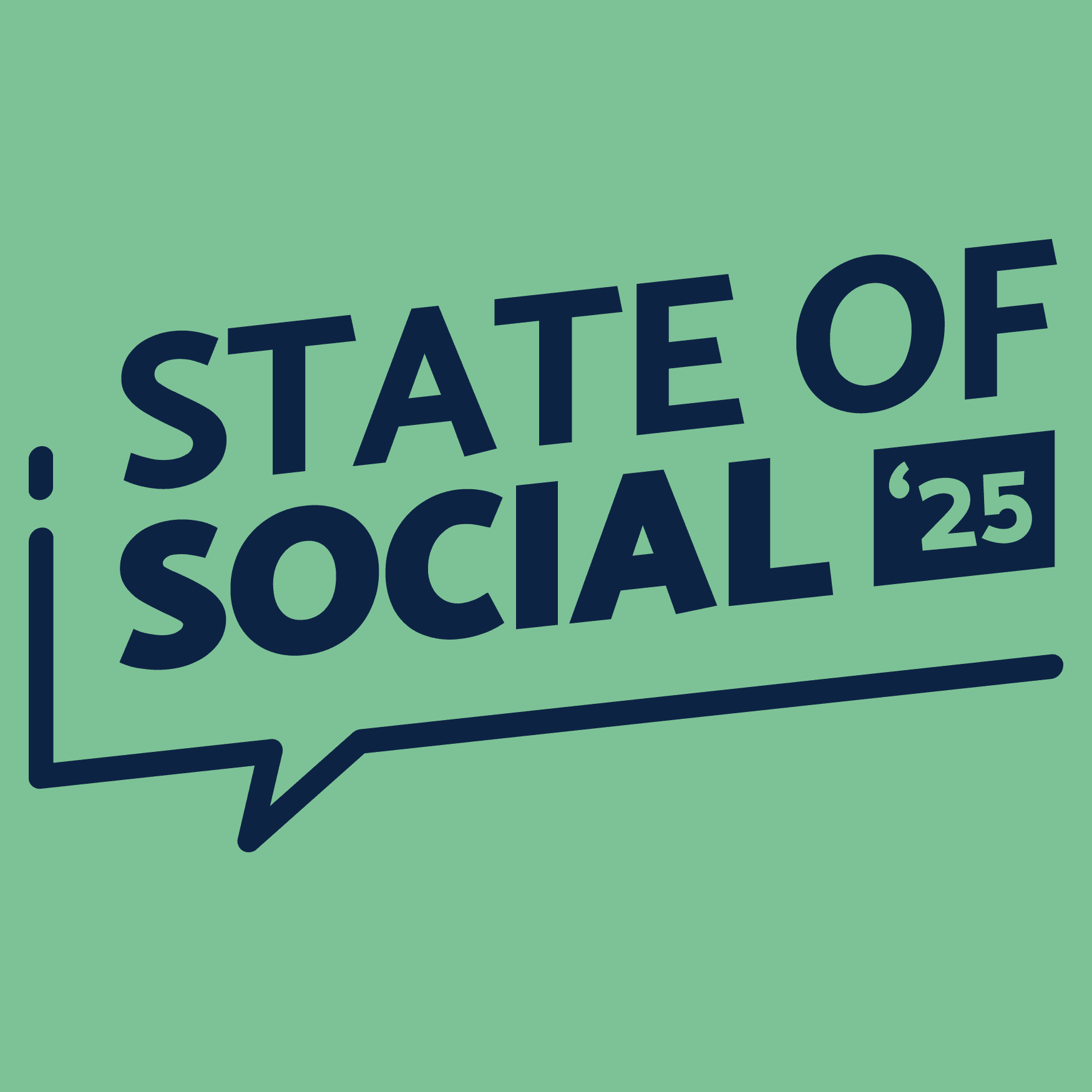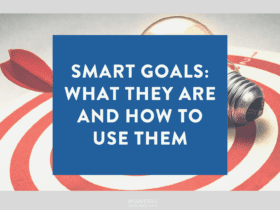As a digital marketer, you would have heard a lot of the web development and design industry jargon thrown around in meetings and agency offices.
You are probably vaguely aware of its importance but there’s a good chance you don’t actually know what a lot of it means.
To help you we’ve compiled a two-part list of the web design terms we think are going to be most helpful for you to be familiar with. First, we will look at the broader terms you will need to understand before delving into some of the nitty-gritty stuff.
Web basics
- URL: uniform resource locator is the address of a webpage
- browser: programs that allow websites to be viewed e.g. Firefox, Chrome, Safari
- domain name: identifies a website, it is a unique name which appears in the browser’s address bar
- breadcrumbs: navigation elements that show the directory path of folders or webpages
- cache: web browsers cache (save) files so that pages load faster than next time a user visits the site
Site building
- HTML: the language used to markup content so it can be displayed on web browsers (Hypertext Markup Language)
- tags: basic formatting tool of HTML that contain information on how a block of content is to be displayed
- CSS: Cascading Style Sheets are the visual set of rules used to style the content of webpages (fonts, borders, colours, like effects etc)
- property: used in CSS to define the styles of a page content, equivalent to HTML tag
- JavaScript: the programming language used to create interactive or dynamic webpages
- XML: used to write custom markup languages (extensible markup language)
- element: building block of XML
- Ajax: script combining JavaScript and XML that is used to create dynamic websites (Asynchronous JavaScript and XML)
Usability and organisation
- Information Architecture (IA): the structure and organisation of information and content on a website that is planned out to ensure it is easy to find things
- UI (user interface): the user interface is the commands or menus that allow us to interact and use computer programs. Can also be referred to as the front-end.
- UX (user experience): how a visitor feels when they interact with a site, the design of a website should encourage a good UX
- navigation: the elements in the interface that help visitors move around a website, it influences their experience (UX) and the success of a site
- usability: the degree of ease a visitor to your site has interacting with the elements on your site and finding what they are looking for
- back-end: or server-side is where the development and programming of a website is done and is generally hidden from the visitor’s view
- hyperlink: words or phrases on a web page that can be clicked on to go to a new page or section in current page
- anchor text: the clickable words that are displayed in a hyperlink
- backlink: links to pages on your website from external sites, they can be beneficial to search ranking
File types
- jpeg: compressed image format, best for images with gradients (joint photographic experts group)
- gif: lossless image format that compresses animated and static files (graphics interchange format)
- eps: graphic file format for Adobe Illustrator vector images
- png: portable network graphics support transparency and are good to use on the web
- pdf: used to send things that are to be printed (portable document format)
- compression: reduces file size so that they can be more easily emailed or stored
- lossy compression: detail is deleted when files are compressed e.g. jpeg
- lossless compression: no detail is lost when the file is compressed
Download our branding guide to learn how a consistent approach to social media can help you grow your name online.








LET’S CONNECT